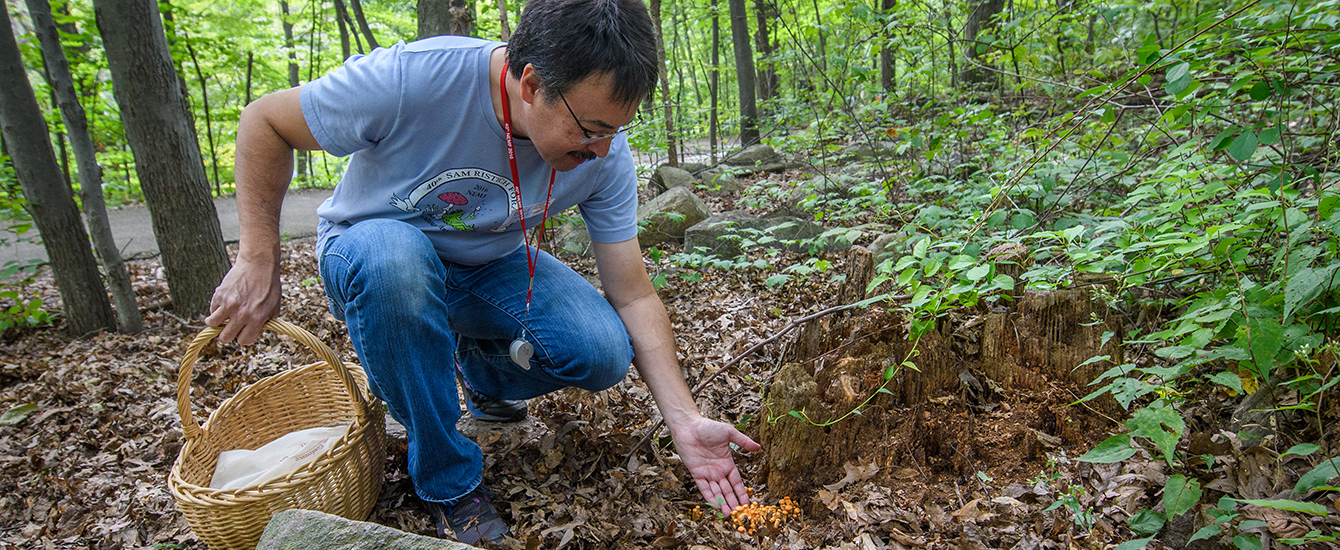Biology
Document Type
Article
Abstract
Human-mediated environmental challenges are severely impacting local and global levels of biodiversity. Phenotypic plasticity can play a major role in aiding population persistence because plasticity can buffer populations from novel challenges. Given this role, it is possible for the degree of plasticity to evolve rapidly as it may place phenotypes near, but not exactly on, an adaptive peak for the new environment. Here, we asked if behavioral plasticity evolves following the introduction of a novel predator. We measured behavioral responses of threespine stickleback (Gasterosteus aculeatus) populations, with and without the introduced apex predator northern pike (Esox lucius), to three different chemical odors, (1) conspecific alarm odors, (2) digested odors, and (3) pheromones of northern pike (pike odor). We demonstrated that stickleback from pike-invaded populations do not respond to any of the treatments in our study, while stickleback from pike-free populations behaviorally respond to the presence of alarm odors but not digested or pike-specific pheromones. Our results provide evidence that the behavioral plasticity of stickleback populations can rapidly evolve to the presence of northern pike, and more importantly, that this response is consistent across multiple populations. © 2023, The Author(s), under exclusive licence to Springer Nature Switzerland AG.
This version of the article has been accepted for publication, after peer review (when applicable) and is subject to Springer Nature’s AM terms of use, but is not the Version of Record and does not reflect post-acceptance improvements, or any corrections. The Version of Record is available online at: https://doi.org/10.1007/s10530-023-02996-7.
Supplementary file of relevant figures also available.
Publication Title
Biological Invasions
Publication Date
2-8-2023
First Page
1
Last Page
17
ISSN
1387-3547
DOI
10.1007/s10530-023-02996-7
Keywords
activational plasticity, alarm cues, behavioral plasticity, invasive predators, novel cues
Repository Citation
Stevens, Dale R.; Graham, Melissa A.; Bardjis, Christina I.; Foster, Susan A.; Baker, John A.; and Mathis, Kaitlyn A., "Evolution of chemical-cue-mediated antipredator behavior in threespine stickleback populations experiencing northern pike predation" (2023). Biology. 3.
https://commons.clarku.edu/faculty_biology/3
Copyright Conditions
Published source must be acknowledged with citation:
Stevens, D. R., Graham, M. A., Bardjis, C. I., Foster, S. A., Baker, J. A., & Mathis, K. A. (2023). Evolution of chemical-cue-mediated antipredator behavior in threespine stickleback populations experiencing northern pike predation. Biological Invasions, 25(5), 1561-1577.



